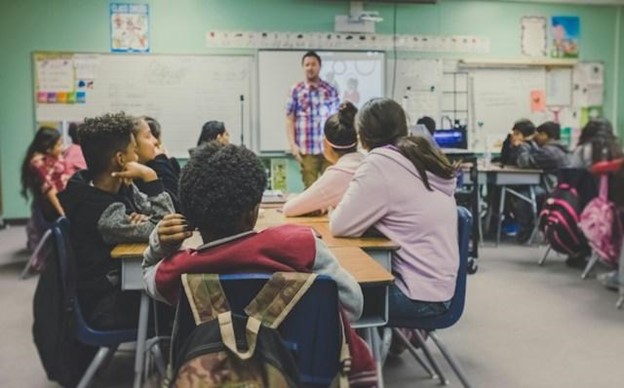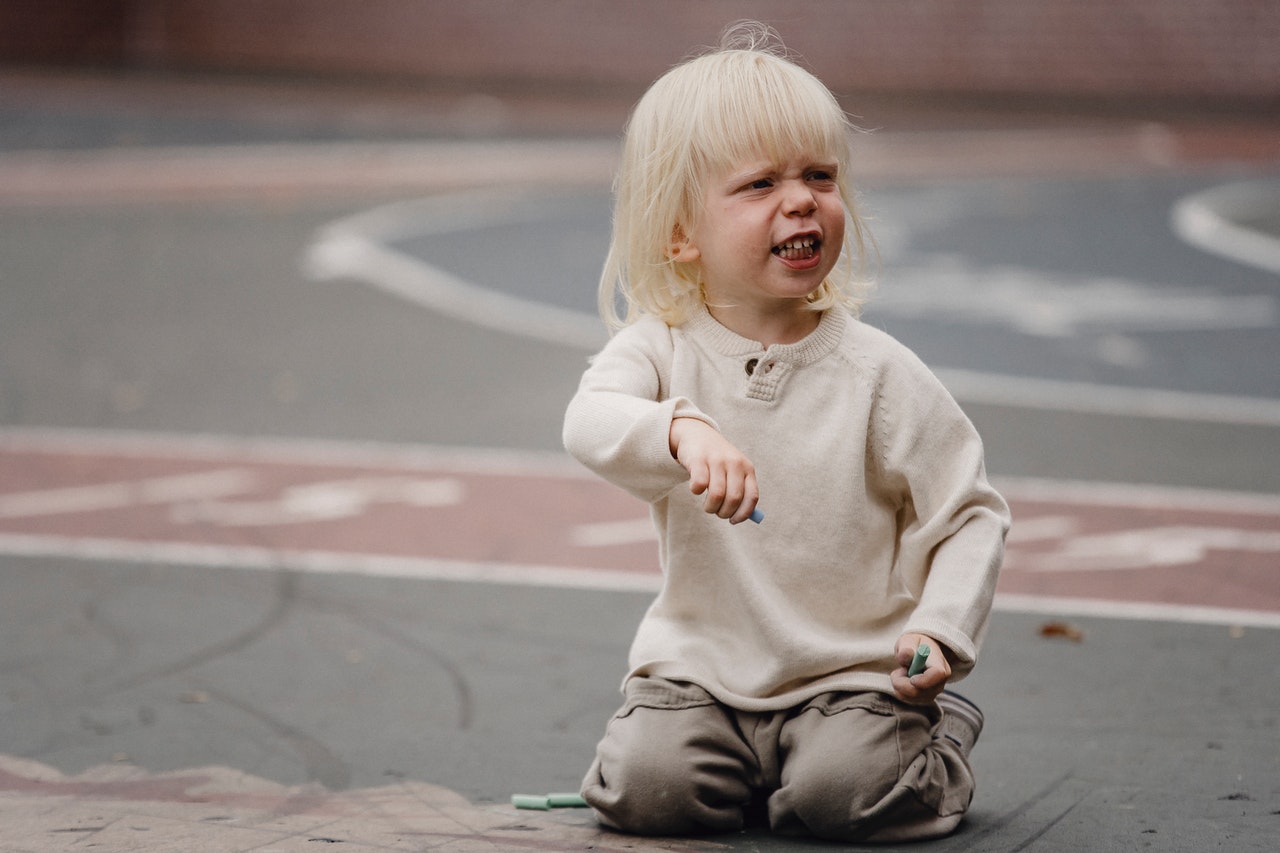Introduction Managing student behavior is a key responsibility for school administrators, and the cafeteria is no exception. With the wide variety of personalities and social dynamics at play, it can be challenging to maintain a positive environment where students can both enjoy their meal and engage in healthy social interactions. In this article, we’ll explore some effective strategies for managing school cafeteria behavior and creating an environment that promotes a sense of belonging, respect, and cooperation among students. 1. Establish Clear Expectations To cultivate a positive atmosphere within the cafeteria, it’s crucial to set clear expectations for student behavior. Communicating …
Continue reading “Principal Hotline: How Do I Manage School Cafeteria Behavior”









